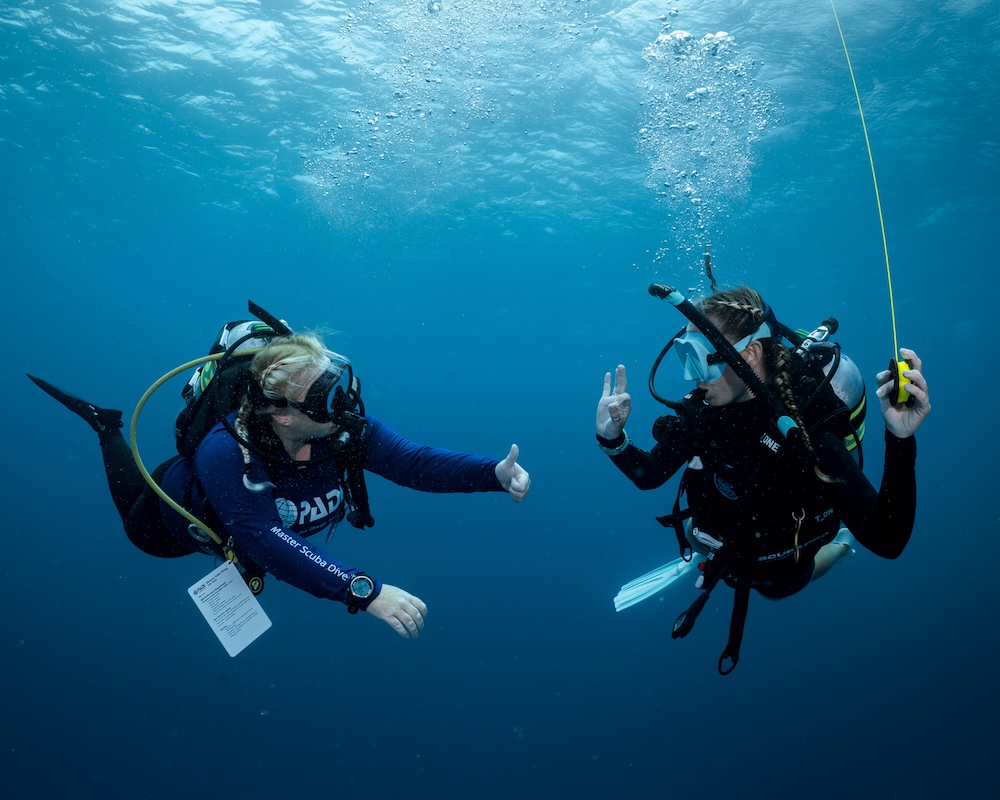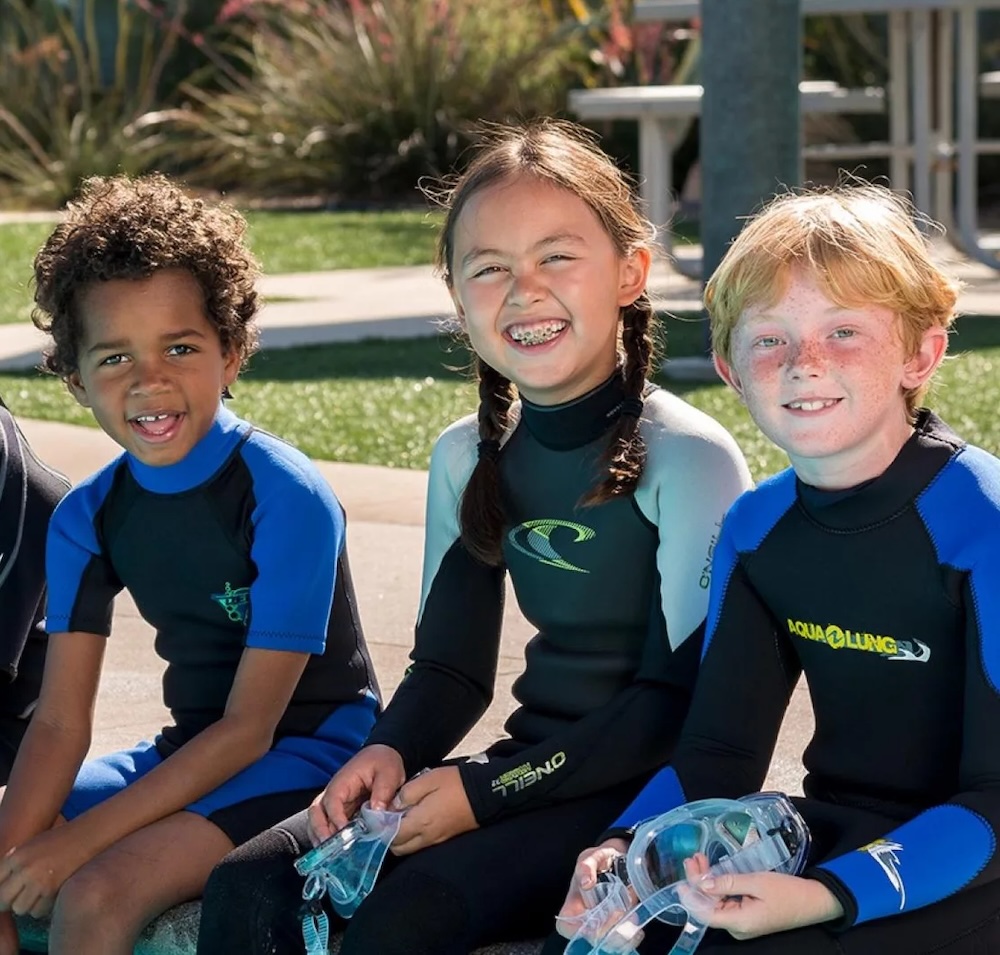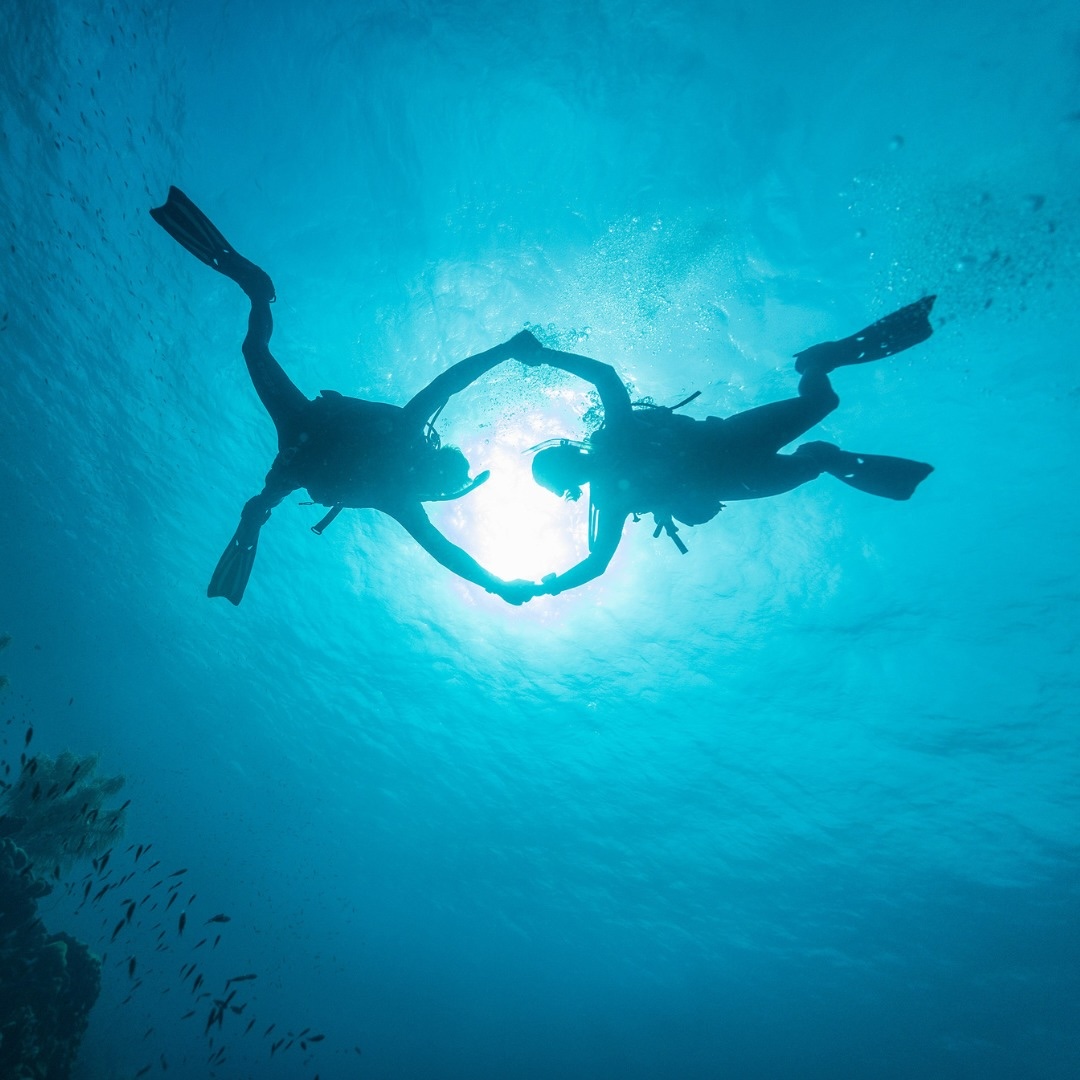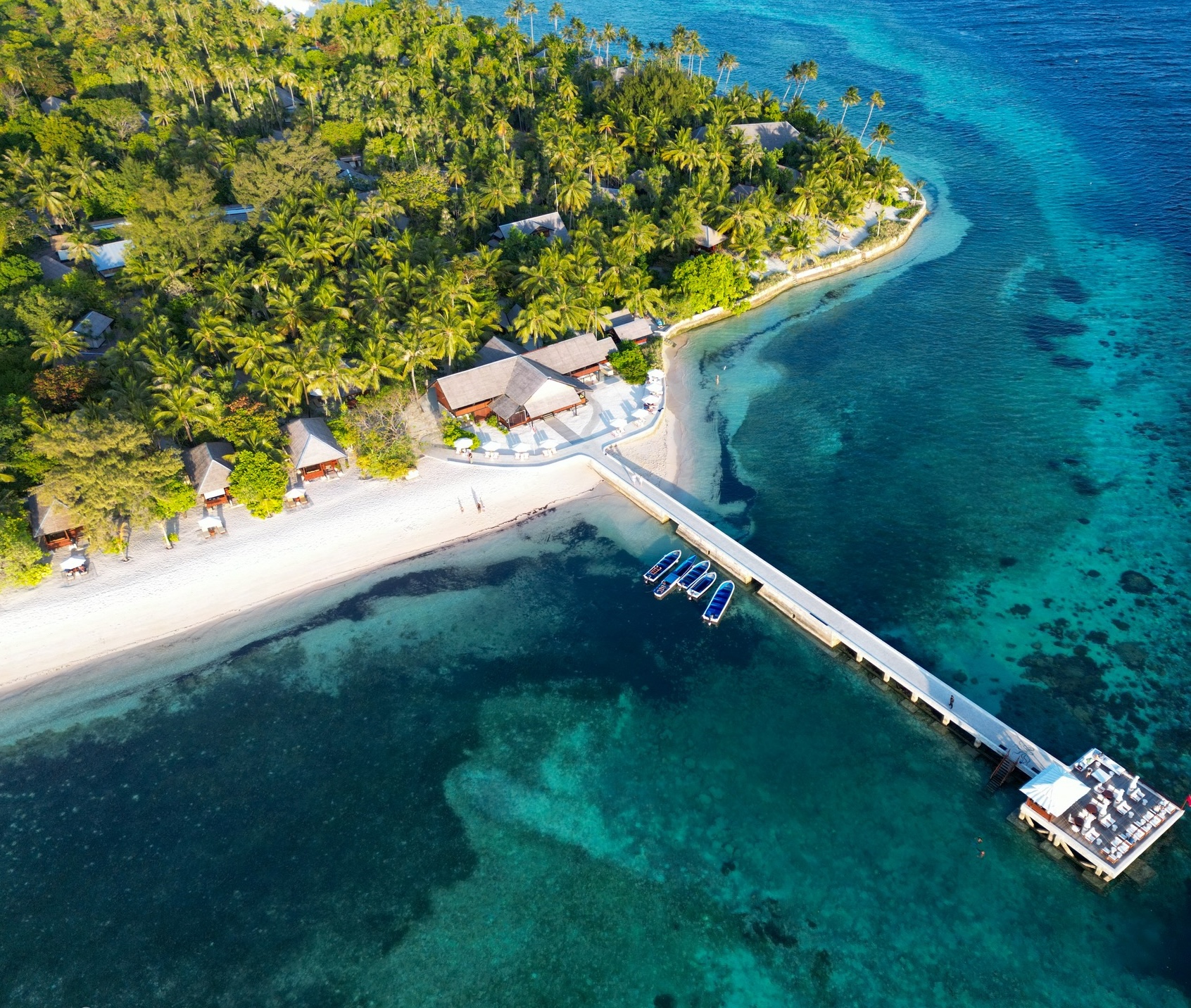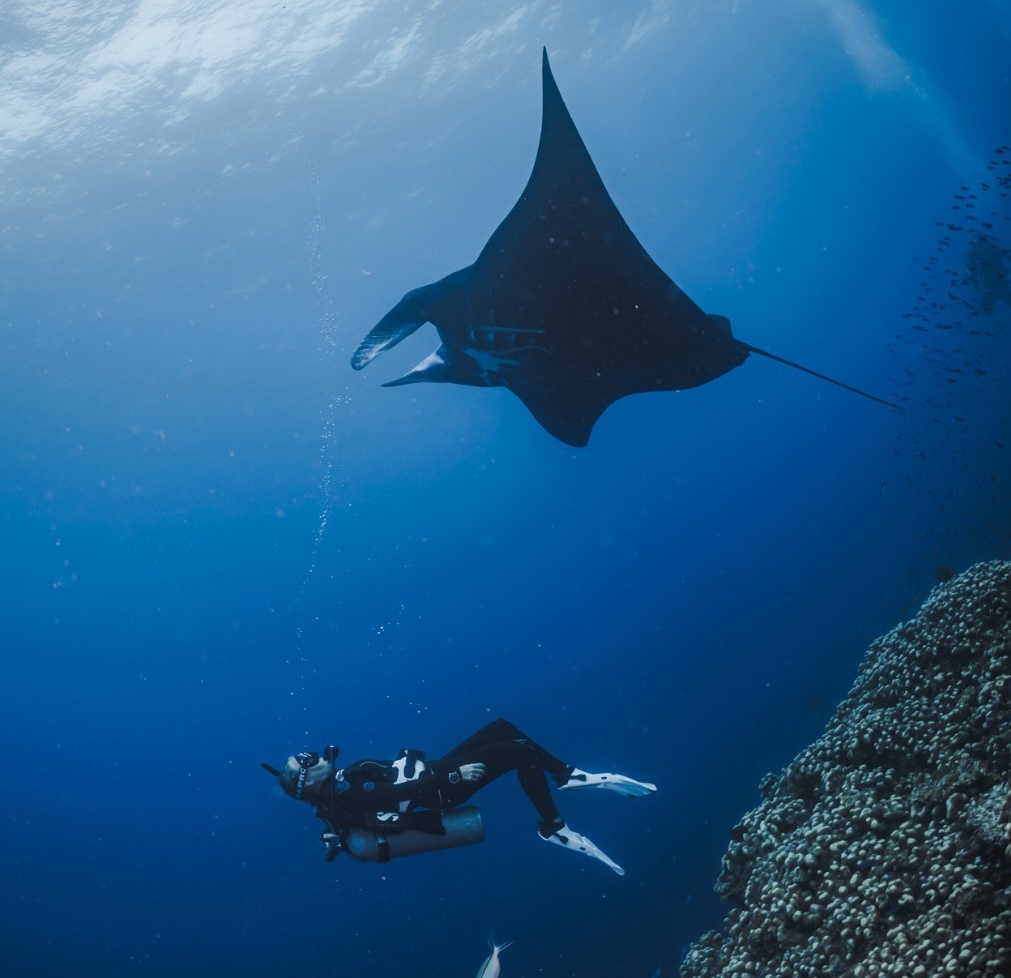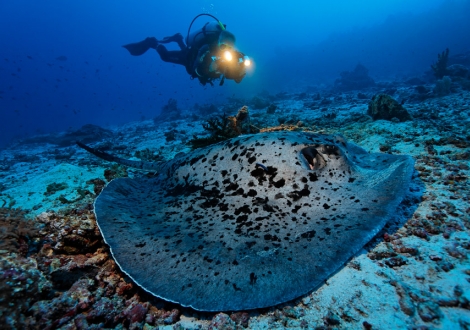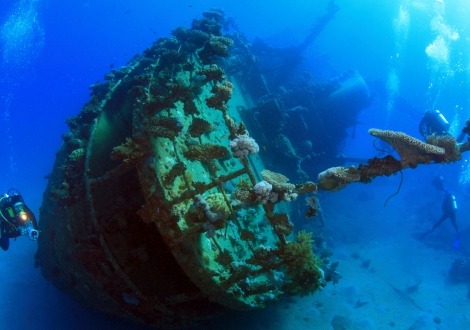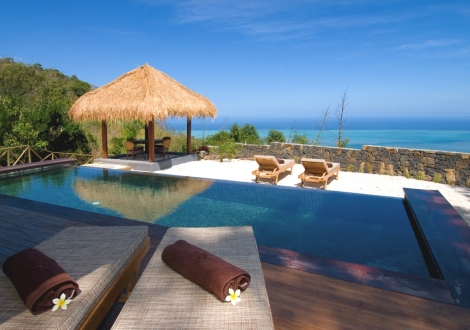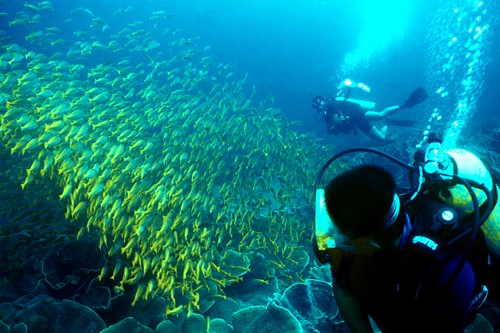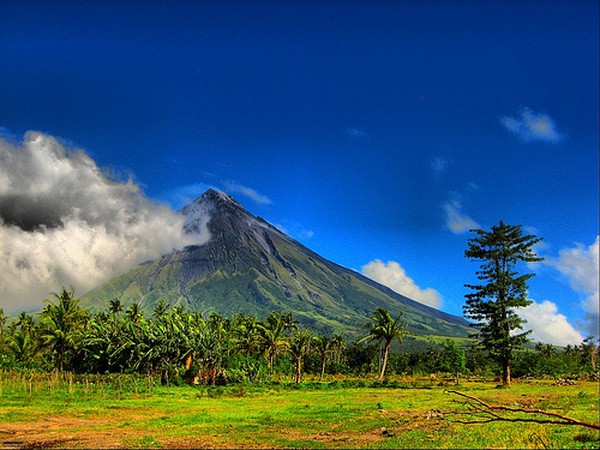Please wait
Why you'll love diving in Philippines!
With a combination of tropical conditions, beautiful scenery and a largely unrivalled underwater wonderland makes it the perfect diving destination
The Philippines are home to over 25,000m² of coral reefs which house more than 75% of all coral species
Steep colourful walls, offshore pinnacles and coral atolls, critter hunting in coral gardens, wreck diving on a sunken Japanese fleet, diving the Philippines will leave you spoiled for choice
Liveaboard diving in the Philippines is the ideal getaway for keen divers, and comes recommended as the perfect choice for diving in one of the world's ultimate hotspots. With a combination of tropical conditions, beautiful scenery and a largely unrivalled underwater wonderland; the haven of the Philippines has long been providing some of the most spectacular and unforgettable diving holidays for a range of skill levels. With more than 36,000km of coastline making it the world's fifth largest; the Philippines are naturally home to some of the ocean's most diverse marine life - and in astonishing proportions too.
Another vital cog in the Coral Triangle, the Philippines is the world's second largest archipelago and consists of 7,000 rainforest covered islands. Although the percentage of land covered in lush greenery has declined over the last couple of decades, the Philippines remain one of the world's most emphatic of life supporting areas. It houses one of the largest and most bio-diverse regions on the entire planet. But it is not just the land based creatures that mark out the Philippines as an area of natural beauty, as the life-teeming maritime waters encompass as much as 850,000m² putting the Philippines right at the top of the world's most attractive and intriguing destinations for diving enthusiasts, and in particular the liveaboard itineraries.
As well as enormous schools of fish and large pelagics roaming the waters of the world's third largest English speaking country, the Philippines are also home to over 25,000m² of coral reefs which house more than 75% of all coral species. Amongst all of this, six of the world's seven species of marine turtles and over 2,200 species of reef fish are also found swimming the crystal clear waters of the South-East-Asian Philippine archipelago. Conservation International considers the Philippines to be one of “the top priority hotspots for global conservation” as it is one of the few nations in its entirety “both a hot spot and a mega diversity country.”
The Philippines archipelago, the world's twelfth most populous country, is surrounded by densely populated waters and home to one of the most diverse ecosystems anywhere in the world. Made up of over 7,000 islands, spread over 300,000Km², the sheer scale of Philippines diving makes choosing the best dive spot for your Philippines diving holiday, a challenge in itself.
There are plenty of diving destinations available for both a beginner diver and one who is more experienced. There are different itineraries to suit your needs and levels of diving. You could combine a Philippines liveaboard with an island extension. Whatever your preference all our Philippines diving holidays can be combined with a city stopover in Manila or the likes of Hong Kong or Bangkok. Philippines diving, combined with the peoples warmth, hospitality, and the Philippines natural and cultural diversity you're assured of an exceptional diving holiday.
Philippine liveaboards remain the best way to experience as many of the mesmeric dive sites as possible. As you get more time in the water and greater access to the otherwise unattainable areas - a liveaboard itinerary can offer you far greater value with more bespoke choice. With some of the world's most bio-diverse and life-packed waters, the added dive time when travelling on a liveaboard means you get to more remote locations to appreciate the magical underwater wonderland of the Philippines. The social aspect of a luxury cruise boat is another benefit of diving on a liveaboard, as the chance to meet new, like-minded people who share your passion for Philippine diving can provide a lot more than just great conversation and diving hotspot tips.
Tubbataha
The Tubbataha Reef National Marine Park is made up of two atolls rising in the middle of the Sulu Sea, and measures 385m² in size. Considered by UNESCO a World Heritage Listed Site, the importance of this structure in the entire marine ecosystem cannot be underestimated (as many scientists agree that this is a nursery of young marine life). It is generally believed that this fascinating atoll gave the Sulu-Sulawesi Triangle its young fish and coral larvae - providing one of the most important fishing grounds of the Philippines, stretching as far South as Malaysia and Indonesia. The convergence of currents here brings in a full and consistent stream of nutrients along with fresh waters - which are perfect for developing a healthy reef and its later inhabitants. In near isolation, the monopoly held by this fantastic atoll ensures plenty of pelagic visitors amongst many of the other inhabitants. The well protected area has been manned 24/7 by guards and radars since 1998, a law which was enforced to preserve the life-giving haven by the president at the time. The only access is by liveaboard, as the nearest point is almost 100m away. During March to early June, the seas and skies are a little clearer and allow divers to visit. However, the strong winds and swells throughout the rest of the year naturally deter unauthorised visitors.
Apo Reef & Coron
Apo Reef and Coron are the perfect place to stop on your liveaboard diving holiday, as the mixture of fantastic marine life along with the incredible shipwrecks prove one of the most impressive and popular of trips to the Philippines. Apo Reef is under the Municipal Jurisdiction of Sablayan Occidental Mindoro and remains an isolated haven, as it continues to plentifully fill the Sulu and South of China's seas. Japanese Imperial Navy wrecks from WWII litter the seabed of the Calamianes Islands group, and make for some truly fascinating diving. Of the 24 camouflaged wrecks that sank back in 1994, 12 are diveable - and prove some of the finest underwater marvels found anywhere around the Philippines.
Anilao
Diving in Anilao is popular amongst diving enthusiasts due to the vibrant reefs and the diversity in marine life sustained. With some of the most intricately built ecosystems and fascinating macro-critters found around the area, the diving here is as exciting as it is enthralling. The drift dives around Puerto Galero are quite spectacular, as the strong currents that flush so much of the water onto the South China Sea are packed full of life and magnificent underwater visuals. Situated on the northern peninsula of Mindoro, the area is separated from Luzon by this Verde Island Passage. As this passage is so deep, the water is very clear and visibility is excellent - especially with the variety of dive sites along the Puerto Galero.
Southern Leyte
Southern Leyte is a province of the Philippines, located in the Eastern Visayas region and comes extremely highly recommended as a top dive site for large fish and pelagics. In the peak of the season, you have a strong chance of snorkeling with whale sharks. Whale sharks are something of a local resident to Limasawa, Napantaw, Padre Burgos and Liloan - and make some quite spectacular company on your liveaboard trip to these waters. Starting with Panaon Island, the Napantaw Marine Sanctuary has walls and slopes that are packed with both hard and soft corals. Covered with great gorgonians and black corals, the incredible waters are densely packed with thousands of fish species - including the wonderful giant frogfish. The protected area has been guarded for more than a decade now, and has continued to flourish as an untouched haven for marine life in astonishing proportions! Limasawa Island is another of the top sites here, allowing you to get up close and personal with more whale sharks, manta rays and many other fascinating creatures. Part of the largest sanctuary in Southern Leyte, this stunning area has some incredible steep walls and is blessed with many fantastic marine life visitors. Padre Burgos Jetty is another of the most popular dive spots, as the maze of piers is covered in soft corals that house many types of seahorses, juvenile lion-fish, frogfish, pink cowries and snake eels; making the spectacular underwater seascape one of the hottest night dive locations in the Philippines.
Most of our guests diving in the Philippines combine one or more dive spots during the same holiday.
Using road and ferry transfers we combine five of the most famous dive destinations of the Philippines in one holiday. Alona Beach and Cabilao in Bohol, Dumaguete and Moalboal are world famous for its macro diving or Malapascua for its Thresher Sharks. We can organise domestic flights to include the wrecks of Palawan. It's also possible to combine these spots with Boracay from Manila or Mindoro to dive with the Whale Sharks and Mantas when they are in season.



 Nassau
Nassau
